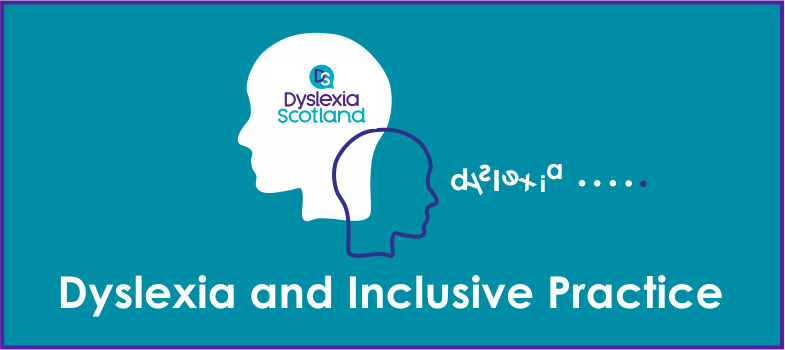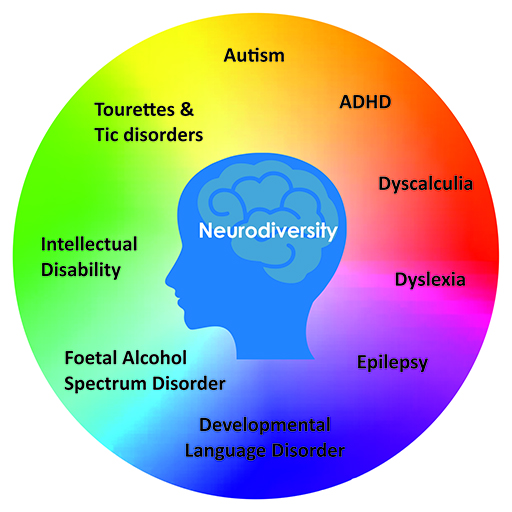2.2. Dyslexia and neurodiversity
Module 1 recap
Most people are neurotypical, meaning that the brain functions and processes information in the way society expects. However, it is estimated that around 1 in 7 people (more than 15% of people in the UK) are neurodivergent, meaning that the brain functions, learns and processes information differently.
The term neurodiversity usually refers to range of specific learning differences including:
- Attention Deficit Hyperactivity Disorder (ADHD)
- Developmental Co-ordination Disorder (DCD) also referred to as Dyspraxia
- Developmental Language Disorder (DLD)
- Epilepsy
- Foetal Alcohol Spectrum Disorder
- Intellectual disability
- Tourettes and Tic disorders
- Specific Learning Difficulties/ Differences (SpLD e.g. Dyslexia, Dyscalculia).
Section 2.4. in Module 1 highlighted the co-occurrence of dyslexia with other areas of additional support. Health professionals, industry and commerce are increasingly using the term neurodiversity and this approach supports the child-centred education system in Scotland, which also highlights the co-occurrences between specific learning differences. Research has highlighted that the child or adult who has only one area of difficulty is rare, for example work by Kaplan et al 1998.
Select here [Tip: hold Ctrl and click a link to open it in a new tab. (Hide tip)] to access the Addressing Dyslexia Toolkit for further information on neurodiversity and dyslexia.
2.1. What is dyslexia?


